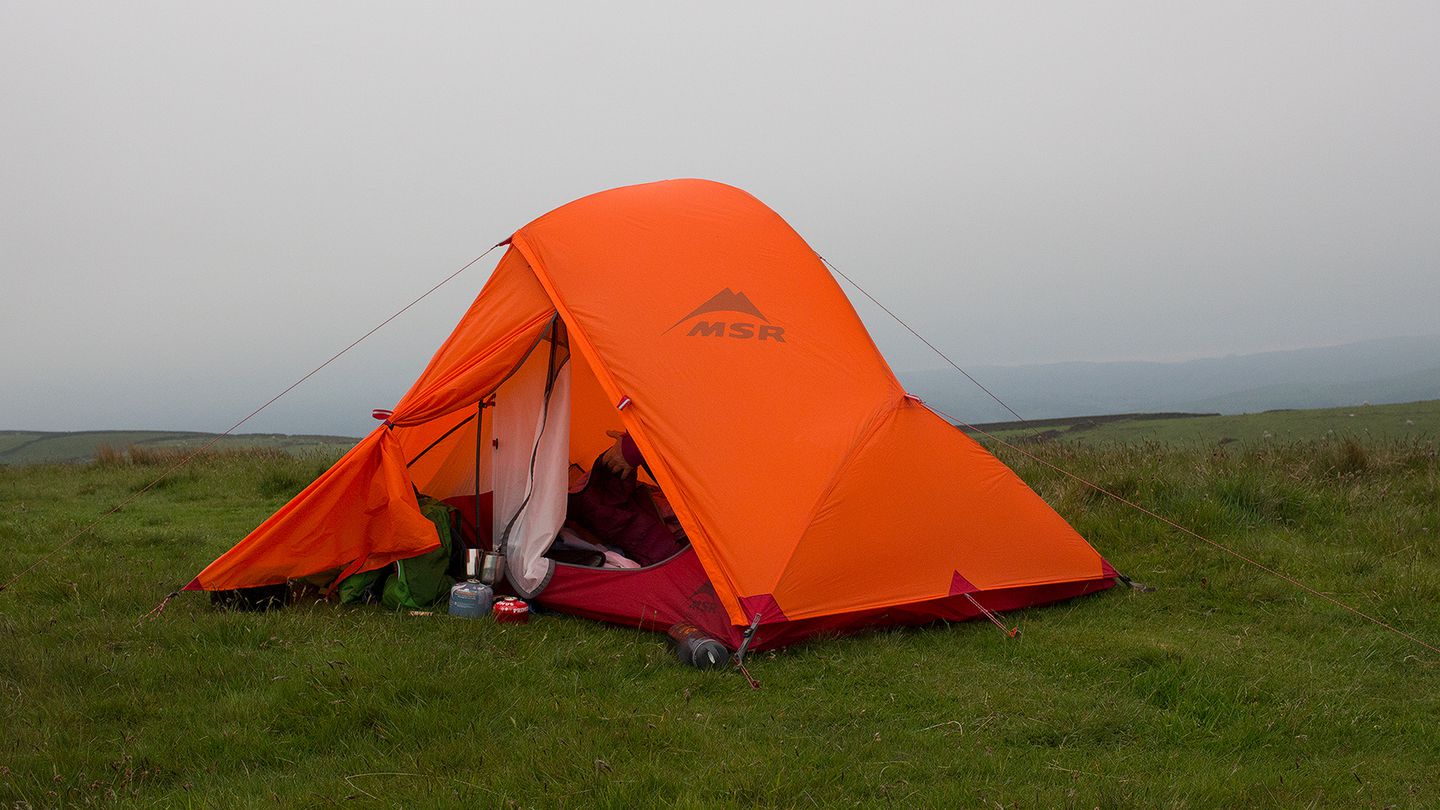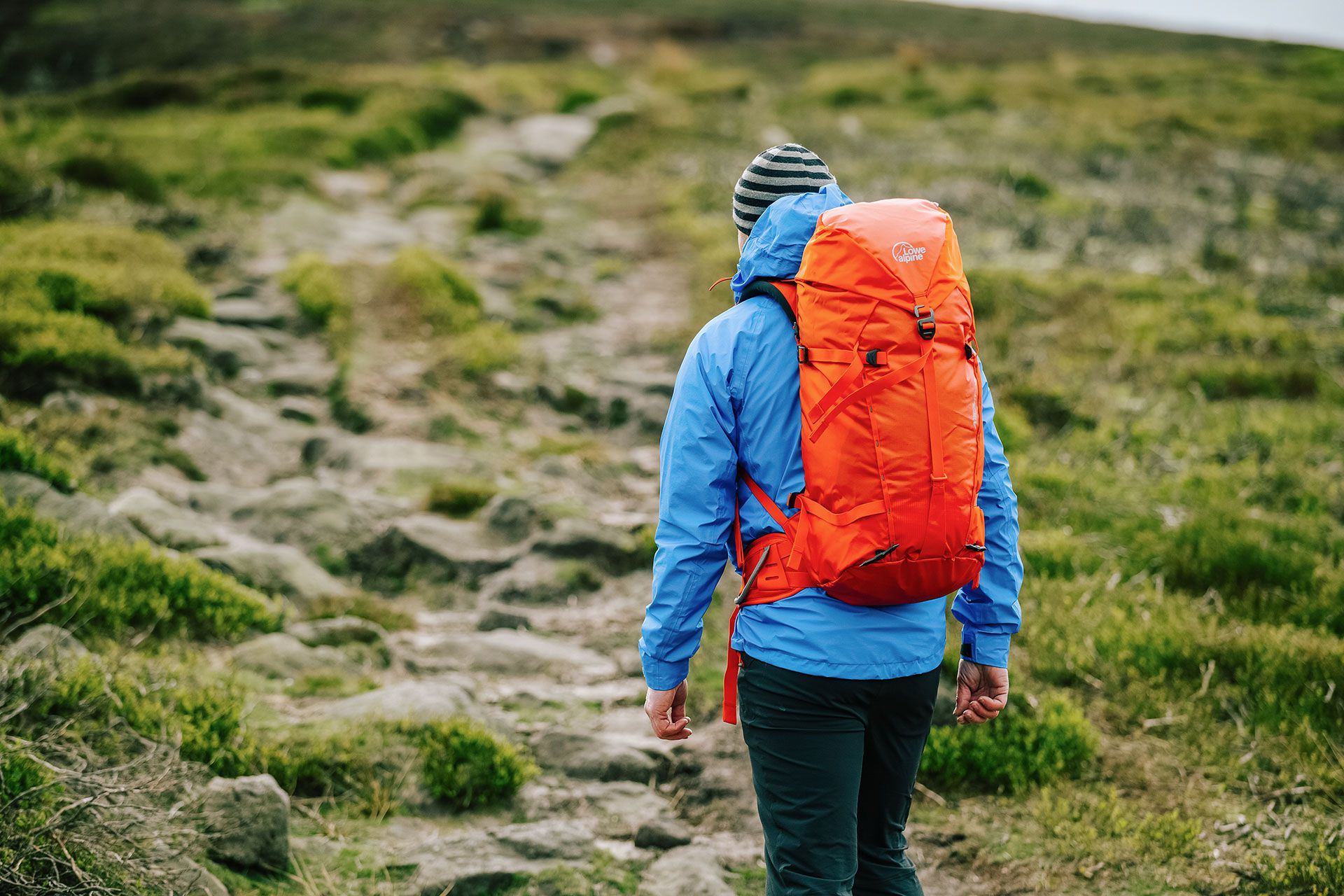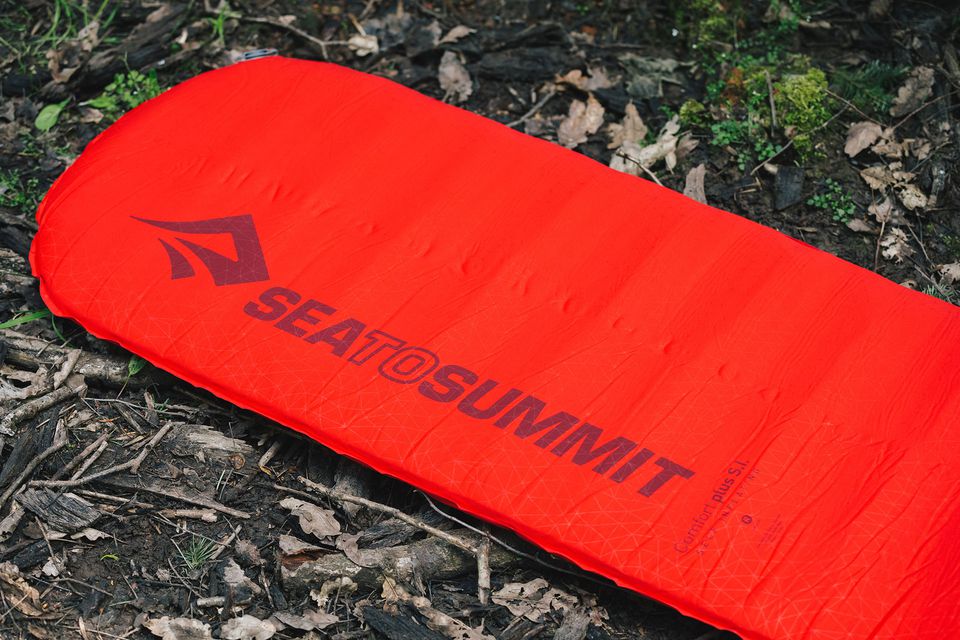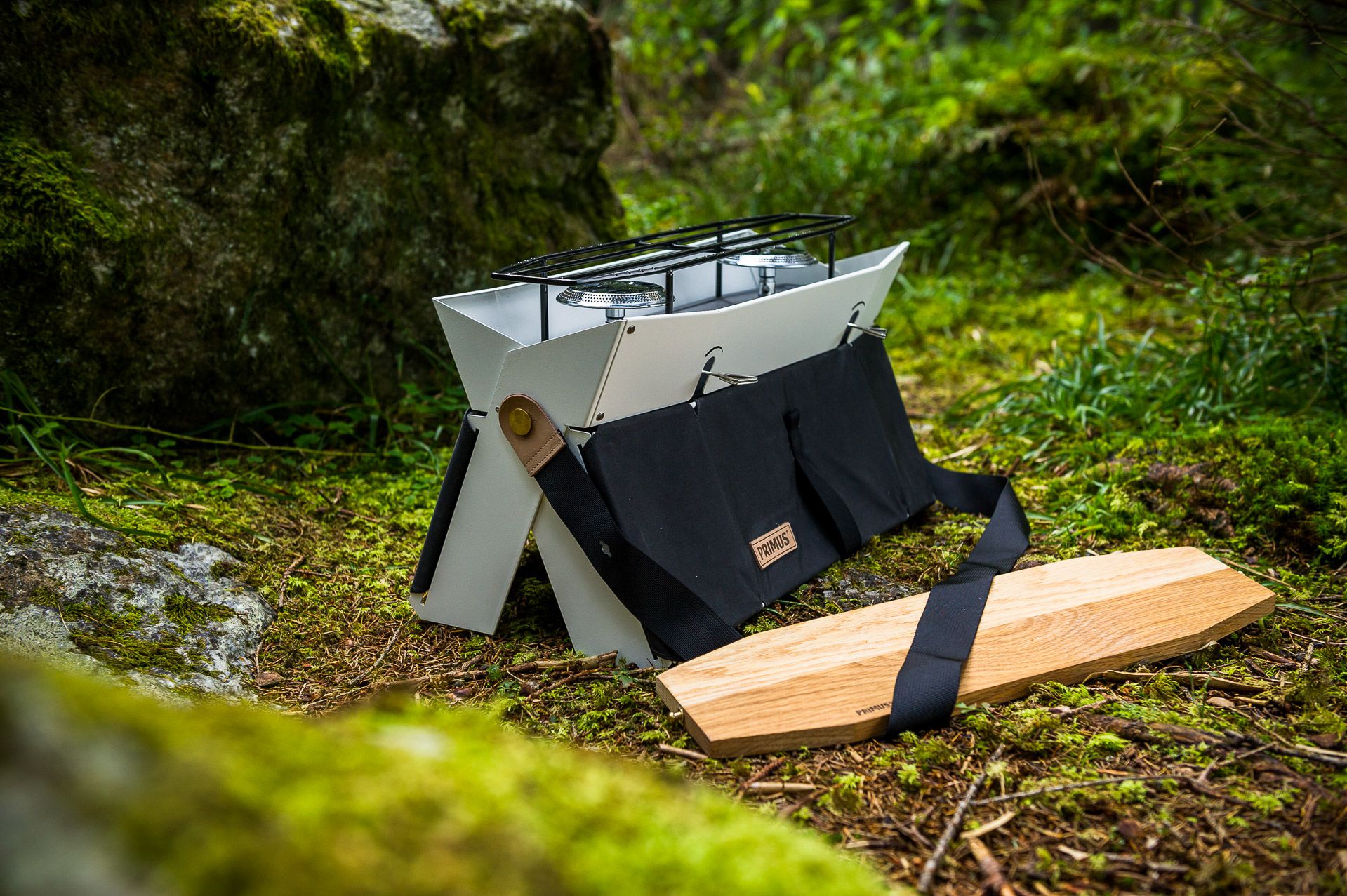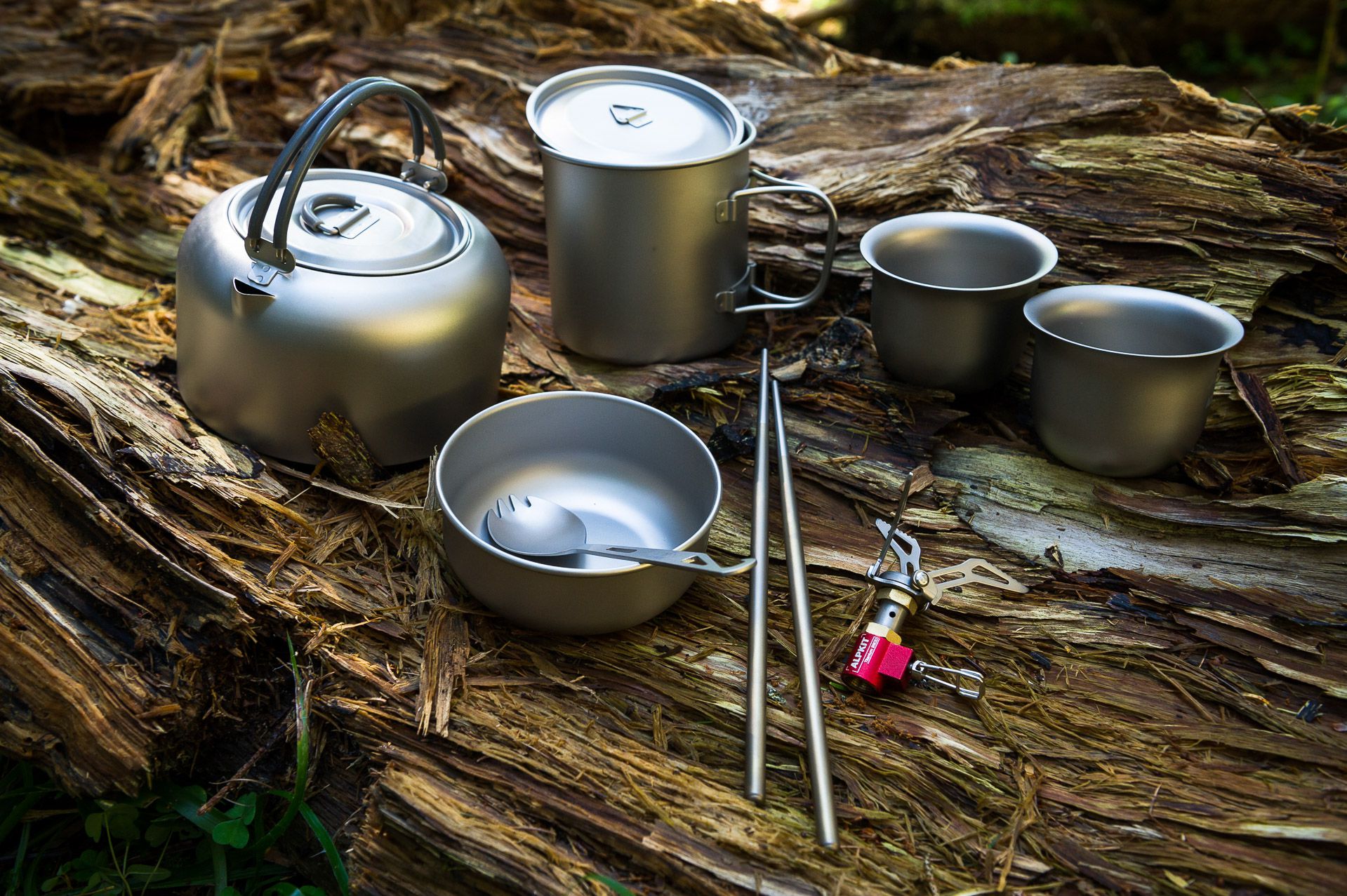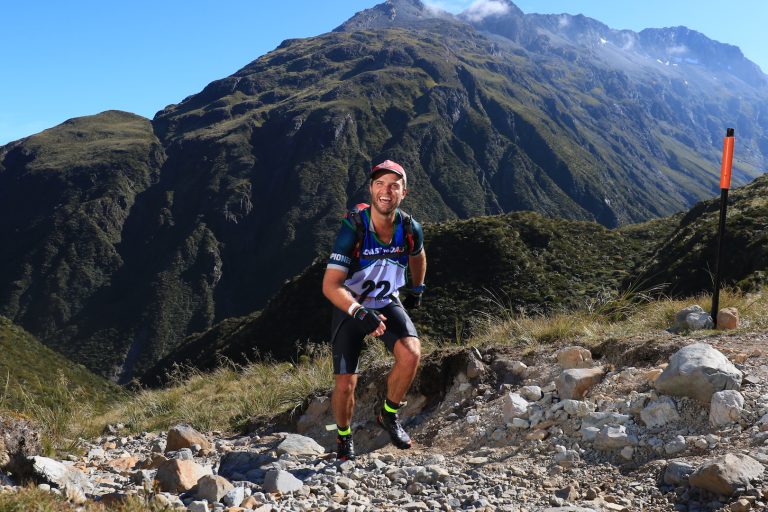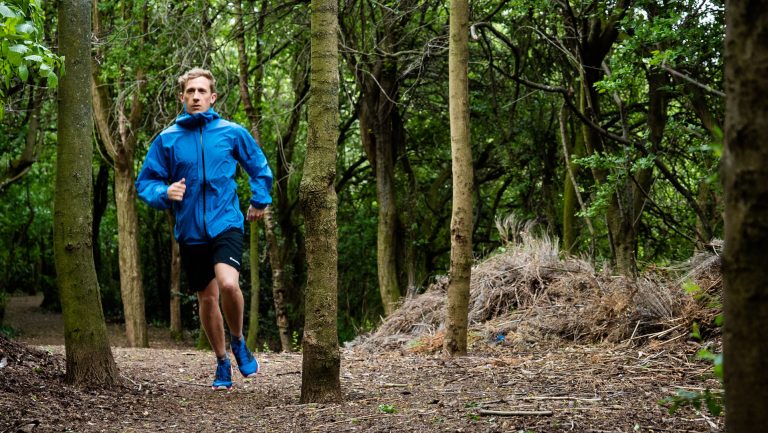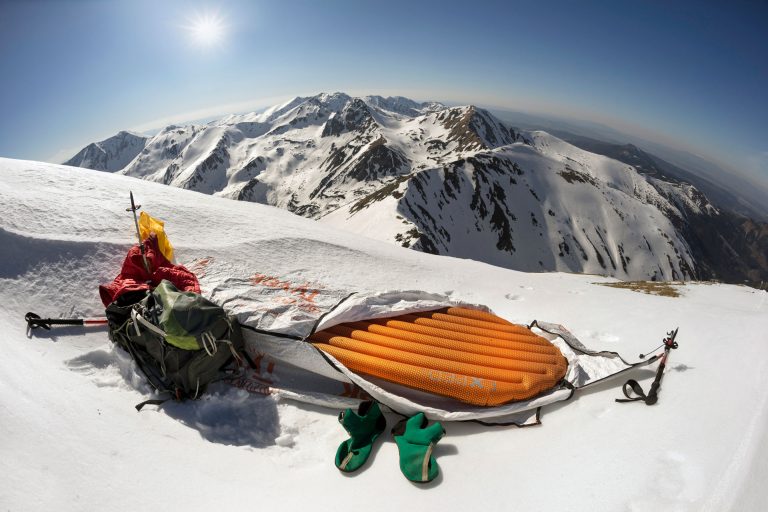The joy of camping is its simplicity. Removing yourself from home comforts and luxuries creates a sense of freedom like no other and it can often be one of the best ways to declutter the mind and to relax. So this is a crucial thing to bear in mind when planning what to take camping – if you bring the whole house with you, you might as well stay there, as you’ll probably return to it more stressed than when you left.
What to take camping is very dependent on a number of factors but there are two particular ones that are crucial: the environment you are heading out into and the length of time. For instance, if you’re going hiking and camping in the wilderness of Northern Scandinavia in winter for two weeks then you’re going to need a four-season tent and a backpack big enough to carry all of your extra food. Then in contrast, if you’re heading to Cornwall for one warm night in July, then a smaller bag will be more convenient and your tent can be much simpler.
While the type and quality of kit you need to take is a case of horses for courses, there are still staple items that should be on every camping kit list. Before we introduce this staple list, a word on packing. This can be one of the most stressful parts of a camping trip, but it really doesn’t have to be. The trick is to think about each typical scenario you will encounter whilst you pack. So start with, what do I need to carry everything? Then, what do I need to sleep comfortably? Then, what do I need to eat with?
A Tent
Starting with the obvious. Tents come in all shapes and sizes and are often designed to suit a specific purpose, say for lightweight solo backpacking or for high-level mountaineering. They are usually categorised by the number of people they can sleep comfortably inside, going from 1-person through to 6-person or more.
One of the things to consider when choosing a tent is the space-to-weight ratio, particularly if you have to carry your equipment a long way. The MSR Access 2 is a good example of a tent with a good ratio. We liked it so much that we chose it for our Summer 2017 Outdoor 100, our pick of the season’s latest and greatest kit.

